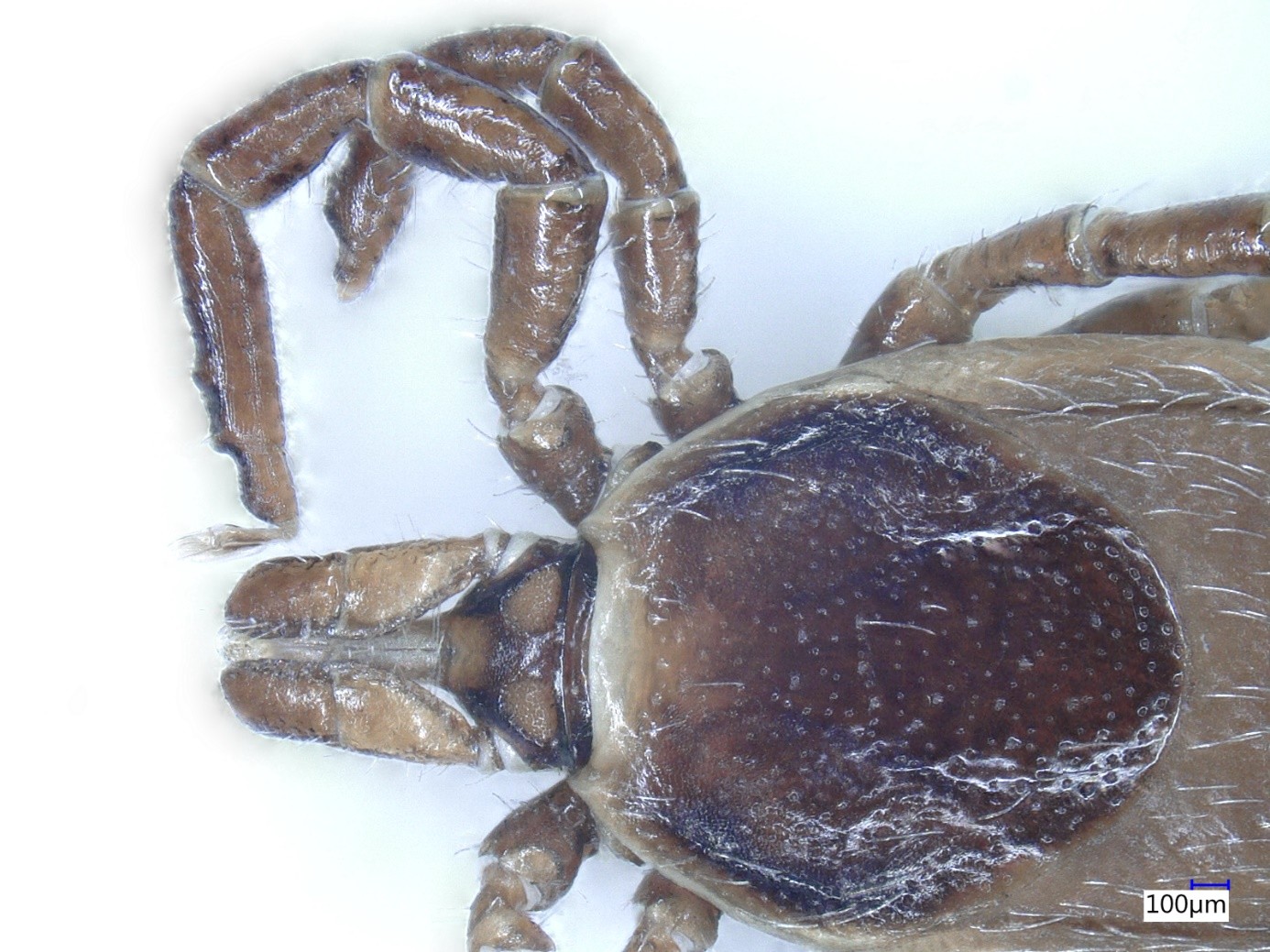Kazakh Lakes May Help Save Hungary’s Soda Lakes
Researchers from the HUN-REN Centre for Ecological Research (HUN-REN CER), in collaboration with their Kazakh colleagues, compared the food webs, plankton composition, and the dual top-down regulation exerted by waterbirds in saline and soda lakes in Kazakhstan and Hungary. Their findings reveal that the influence of waterbirds increases significantly as lakes become intermittent due to drying—a threat that, unfortunately, affects a growing number of natural water bodies worldwide. This phenomenon therefore needs to be taken into account when planning conservation efforts.
Hungary is the richest country in Europe in terms of saline waters, with Lake Fertő being the largest saline lake on the continent. As a result, Hungarian ecologists have accumulated a wealth of knowledge over the decades about the functioning of the communities that inhabit these aquatic ecosystems. This extensive knowledge enables them to draw universally applicable conclusions about aquatic ecosystems by comparing saline lakes with other high-salinity water bodies. These results are of fundamental importance for protecting these vulnerable communities.
This objective is also supported by the collaboration with Al-Farabi Kazakh National University, which involves comparing the communities of Kazakhstan’s abundant saline lakes with the biota of soda lakes. From a hydrochemical perspective, the main difference between saline and soda waters lies in their dominant salts: the former are primarily rich in sodium chloride, while in the latter, sodium carbonate (soda) predominates. Located on the eastern shore of the Caspian Sea—the world’s largest inland body of water not connected to the oceans, though technically still classified as a lake—Kazakhstan is also home to many other saline lakes. Perhaps the most famous of these is the Aral Sea, which has shrunk to a fraction of its former size due to climate change and irresponsible water use, although its remaining surface area remains significant by European standards.
Kazakhstan’s saline lakes therefore provide an ideal setting for comparison with Hungary’s soda lakes, as this research allows ecologists to better understand how the environmental conditions of these lakes and wetland habitats influence their biological communities. The latest findings from this scientific collaboration were published a few weeks ago in the journal Ecological Indicators.
“In our study, we compared the food web systems of these two different types of water. We examined nearly one hundred water bodies across the two countries and found that their biological communities differ not only due to chemical composition, but are also strongly influenced by whether or not the lakes dry up periodically,” said Emil Boros, Senior Research Fellow with the Animal Ecology Research Group of the HUN-REN CER Institute of Aquatic Ecology and principal investigator of the research. “We have shown that the regulatory impact of waterbirds on ecosystems becomes stronger the more frequently the water body dries out,” he added.
Fish are virtually absent from intermittent water bodies, as they cannot survive the dry periods. As a result, the food web in these lakes becomes significantly simplified, with one trophic level—fish—missing between the zooplankton, made up of tiny aquatic animals such as small crustaceans, and waterbirds. In the absence of fish, zooplankton populations can grow more rapidly in intermittent waters, as they are subject to reduced predation pressure—although they are still consumed by birds. The consumption of zooplankton by birds represents one element of the ‘dual’ control mentioned above: top-down regulation. However, as Emil Boros and his colleagues have shown, birds also exert a significant bottom-up influence, known as guanotrophication. As the name suggests, guanotrophication refers to the fertilising effect of bird droppings, which increase the nutrient content in the water.
“Birds visit standing water bodies to feed, rest, and breed. For these purposes, shallow, periodically drying waters are more suitable for them, as their feet can reach the bottom in shoreline areas, allowing them to conserve energy. At the same time, the organisms suspended in the water become concentrated as water levels drop, making them easier to catch,” added Emil Boros. The lead author also noted that, as a result, predation pressure from birds intensifies in these intermittent waters, while their droppings raise nutrient concentrations in the water. This process—guanotrophication—is also highly significant in our own intermittent soda lakes, where, as in Kazakhstan, its impact is linked to the shrinking of natural water bodies.
As lakes dry up more frequently, the dual regulatory role of waterbirds becomes increasingly pronounced. In the ecologist’s words, “the dual control, acting from both below and above, short-circuits lake communities.” This effect is spreading globally, as climate change and human water use are causing many previously permanent water bodies to become intermittent, with varying periods of drying interrupting their water coverage. The impact of waterbirds is further compounded by their ability to fly, which makes them highly mobile and capable of covering large distances in a short time. As a result, when a lake dries up and no longer provides edible aquatic organisms, they simply move on to a neighbouring lake.
“The ecological changes in intermittent lakes are perhaps the most pressing issues in aquatic ecology in Hungary today. There is hardly a lake or wetland habitat that is not under threat from shrinking and, ultimately, drying up. This process is unfolding before our eyes. It is therefore crucial that we develop a deeper understanding of how it affects biological communities,” said HUN-REN CER ecologist Emil Boros.


